
Creating costumes probably is the most intriguing but also most complex of all forms of fashion design. Costumes must fit into a story’s narration, its era and must match its characters. They must blend in AND – in order to be brilliant – must also stand out simultaneously. Visiting the premiere of Bernhard Bilek’s TRÜMMERHERZ at Vienna’s Werk X am Petersplatz is a perfect opportunity to see what costume design can do. A wonderful occasion to see how costumes can be a perfectly composed part of a theatre production all while being its secret star.
This article is based on an extensive interview with Moana Stemberger, the costume designer of the production, who allowed me a wonderful deep-dive into her thoughts and concepts. But read yourself!
About the PLAY

Bernhard Bilek’s TRÜMMERHERZ tells a female coming-of-age story: The play focuses on the story of Rudi, a young woman in her early 20s, who together with her widowed mother lives in a small Viennese apartment during the 1950s. Her father, a communist resistance fighter, fell victim to the Nazis. Her older sister Mitzi will soon move to the US with an American soldier. Amidst all the tristesse of her daily life Rudi pursues her passion of boogie-woogie dancing. Furthermore she soon finds herself torn between two romantic opportunities: Pepi, a well-behaved working class boy, and Moritz, a young womanizer bristling with self-confidence, are fighting for her affection.
Rough EXPECTATIONS vs. fluffy REALITIES

Thinking of post-war Vienna in the 50s one would probably expect the typical 50s silhuettes but in greyish tones and rather poor fabrics. But the appearance of the actors and actresses shows none of the expected tristesse – the contrary is the case: Rainbow colours, feathery dresses and an overall colorful lightness appear on an otherwise minimally black stage. Soon the dancing of the actors and actresses begins and the flowing skirts and dresses are revealed to be professional competition dance dresses in all their fluffly glory.
A bold STAGE
It was at the very first theater rehearsals that it became clear for director Martina Gredler and designer Moana Stemberger that Bernhard Bilek’s text would – in all its harshness – neither need nor support an illustrative stage and costume design. Recounting the scenes with bold props such as desks, chairs, and other accessories would either soften or disturb the words of the text. The duo therefore took away the requisites one by one and finally arrived at an empty stage.
Joyful COMPOSING
In contrast to the emptying of the stage developing the costumes was rather a process of joyful composing. Stemberger compiled a beautiful set of five costumes by putting together 1st and 2nd hand pieces and creating some of the clothes herself. Some pieces were partly already in Stemberger’s costume collection and others were bought for this project.
HARSH words in PASTEL colours
Since the clothes were all coming from different sources Stemberger needed to unify their color scheme and did that by dying, spray-painting as well as adding patina to them. And the pastels – all while surprising us in consideration of the story’s era – pay off: As soon as the austere narration of TRÜMMERHERZ gains momentum the pastel costumes appear to be a welcome contrast to the harsh words between the protagonists. The pastel palette is revealed to hide the tragedies of their wearers. It is revealed to be the beautiful skin of the demons, that sleep underneath the surface.
SHIELDS and SKINS

Talking about demons: If you look closely at the textiles of the two dancing dresses you’ll see the transparent mesh fabrics typically used for competition dancewear. And one more look reveals several layers of mesh fabric: Long sleeves and bodysuits imitate the skin of the actresses and actors. The costumes therefore not only work as beautiful shields of their wearers but as their naked skin: They cover their skin and make it visible at the same time. Somehow they reveal and hide their bodies simultaneously – they hide AND reveal their stories and secrets.
SCULPTING a 50s body
The dancing dresses worn by Rudi and Mitzi not only stand for their dancing passion but also function as sculptures of the era: With their broad tulle-skirts they perfectly shape the silhouette we would call a ‘typical’ 50s New-Look look with a narrow waist and a full skirt. What Moana Stemberger had to tell about the origin of the two dresses was astonishing: The dress of Rudi is an original dancing dress of the 80s, so it is actually perfectly mimicking a 50s silhouette (as the 80s were actually mimicking the 50s btw). The other dress appears more minimal and modern: Rudi’s dress was completely made by Stemberger – a creation process, that was refused by a tailor, who thought sewing it to be pure madness (!). Meters and meters of a light mousseline meant a lot of manual work and craftmanship – a work Stemberger wasn’t afraid of doing. And the work paid off: The modern dress looks just as wonderful as the Vintage competition dress does, all while having a more modern twist for the younger and rebellious sister.
FUNCTION follows FORM
Moana Stemberger emphasized a very interesting aspect of the pattern of the dresses of Rudi and Mitzi: The dresses’ skirts were made of many big as well as small circles in order to have that fluffy, overloaded shape. When creating all those circles the costume designer was constantly thinking of the circles the actresses were going to form when dancing. So the forms of the dresses’ patterns actually produce the later movements of their wearers. The circles of the dancing are actually the consequence of the circles of the pattern: The form insinuates the function. The function follows the form.
Needless to say, that this is an extraordinary approach: To create a dress, whose pattern would produce the movement of its body! Of course, costumes ALWAYS should be in complete harmony with the movements of the actors – but in this case this was uplifted to a totally different level.

FEMALE males
What I found particularly interesting was the fact, that the male roles’ costumes had both pretty bold gender-bending elements: Pepi wears a corset underneath his jacket and at one point he wears red high heels. Moritz wore a pink velvet jacket, high heeled mens’ ankle boots and a black and white shirt, that was tied just over his navel and revealed a seemingly nude waist. No matter how surprising these elements were, they worked just fine with the roles the two young men, illustrating important layers to their characters: Pepi seemingly hiding his homosexual preferences and Moritz being a extroverted womanizer.
SURREAL elements

Let’s talk about the heels! We have so far seen a black, minimal stage and a bright, pastel costume design. Two elements stand in harsh contrast to these two design worlds: A red heart balloon as well as flashy red heels – both worn by Pepi in the very middle of the stage at the end of the play. Both objects work as optical surprises but also as symbols: The first as a rare ambassador of tenderness – the latter as the female component of Pepi’s character. Both appear in a scene, which is located in Vienna’s Prater. The Prater – as the iconic amusement park of Austria’s capital – has always been the place of the figures of the margins of Vienna’s society: Street artists, actors and actresses, bohemians, crooks, prostitutes and homosexuals. It always has been a place far away from society’s rules and a place to let one’s emotions loose. The red balloon and the red shoes fit perfectly into this world and are greatly minimal symbols of the emotions, that are revealed in the scene between Rudi, Pepi and Moritz.

A perfect COLLECTION
Needless to say: The costume design for TRÜMMERHERZ created by Moana Stemberger represents a perfectly composed collection of clothes. A collection, that perfectly supports the narration, produces the choreography of the play all while standing on its own being a wonderful set of pieces.
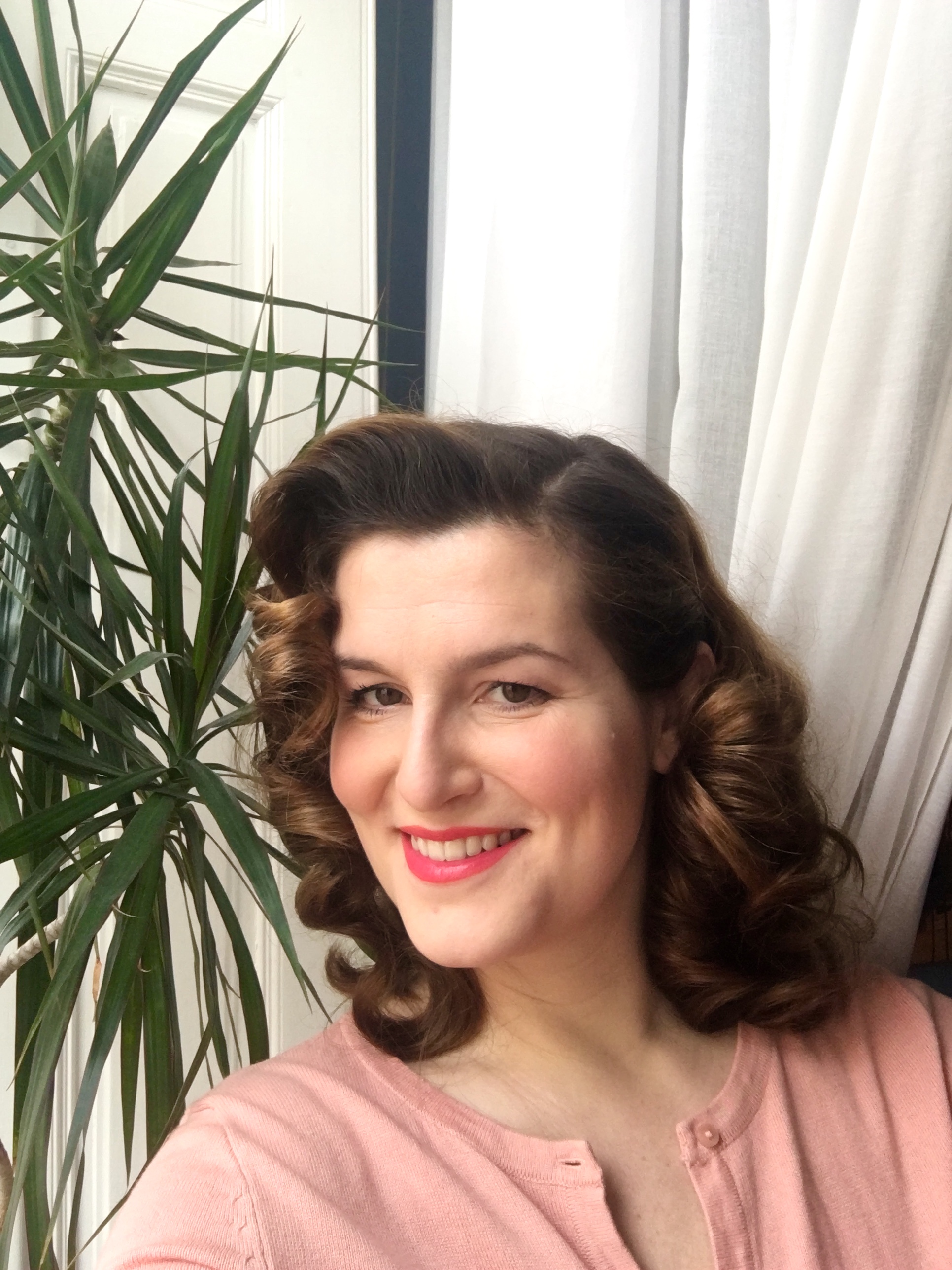
Visit the play and its costumes for one last time tonight at the Werk X am Petersplatz – you’ll regret having missed out on it!
Lust for more fashion theory? Head over to my column called ICONIC FASHION.


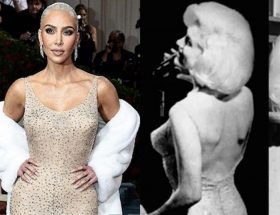
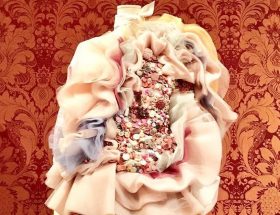
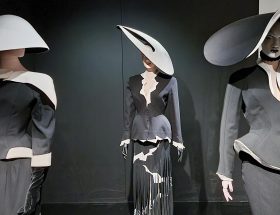

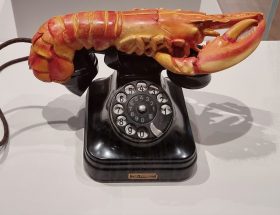
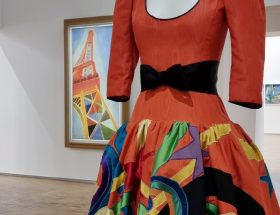

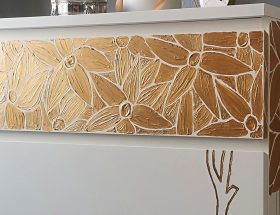
Hi, its good piece of writing regarding media print,
we all be aware of media is a fantastic source of data.
Please let me know if you’re looking for a article
writer for your site. You have some really good posts and I think I would
be a good asset. If you ever want to take some of the load off, I’d absolutely love to write some content for
your blog in exchange for a link back to mine. Please shoot me an email if interested.
Thank you!
Awesome blog! Do you have any helpful hints for aspiring writers?
I’m planning to start my own website soon but I’m a little
lost on everything. Would you advise starting with a free platform like WordPress or go for a paid
option? There are so many options out there that
I’m totally confused .. Any recommendations? Bless you!
пансионат для пожилых людей в подмосковье http://dom-dlja-prestarelyh.ru/.
рулонный газон цена за м2 https://acros-media.ru/.
экскурсии по крышам http://www.ekskursiipokryshamspb.ru/.
рулонный газон купить dizoff.ru.
дом из бруса камерной сушки от производителя http://www.doma-iz-brusa-moskva1.ru/doma/iz-brusa-kamernoj-sushki/.